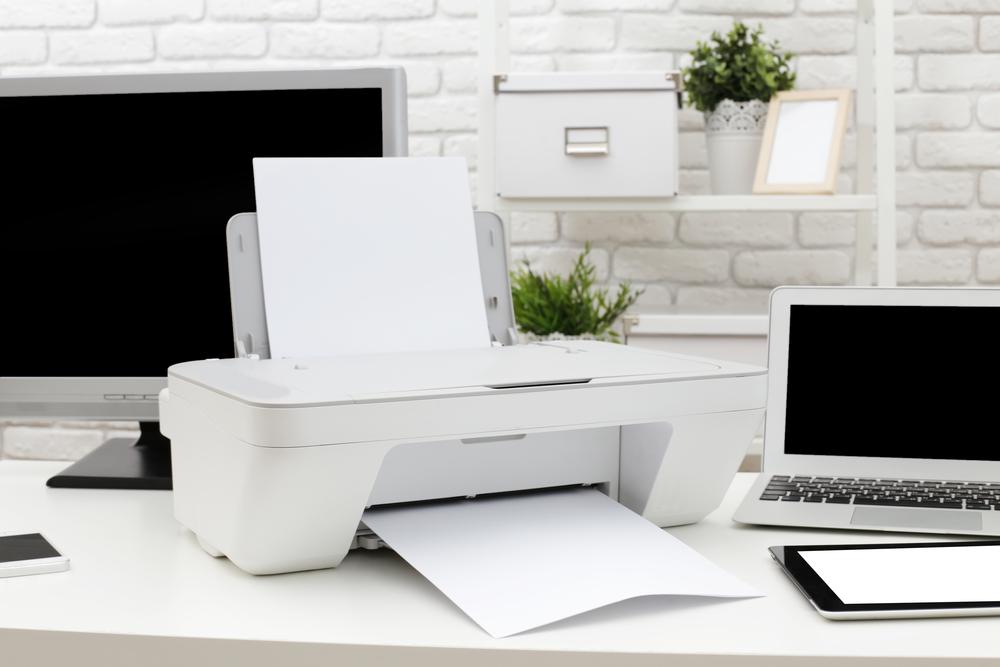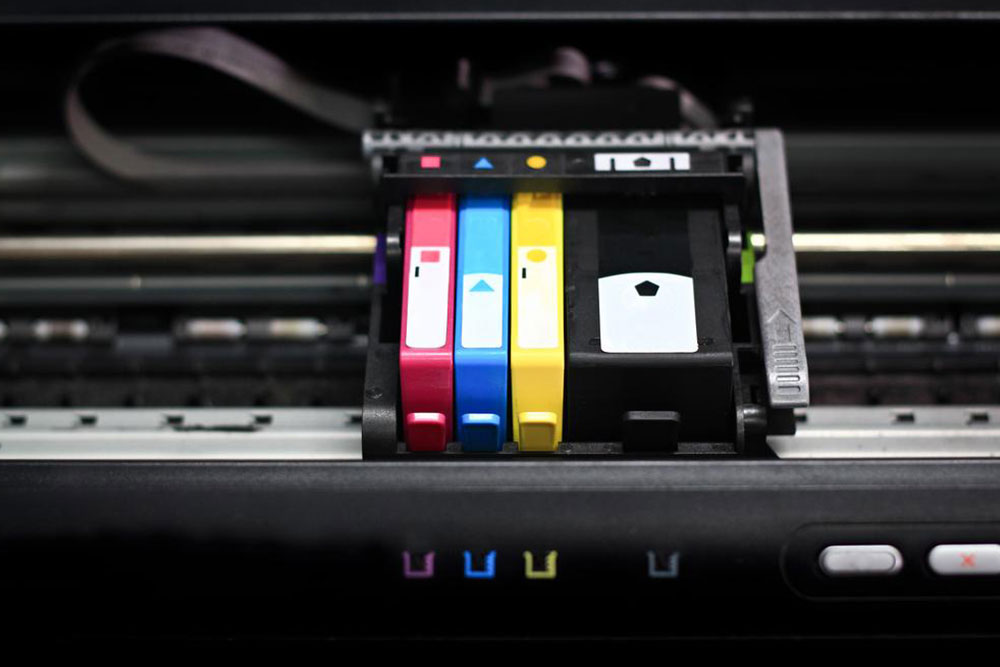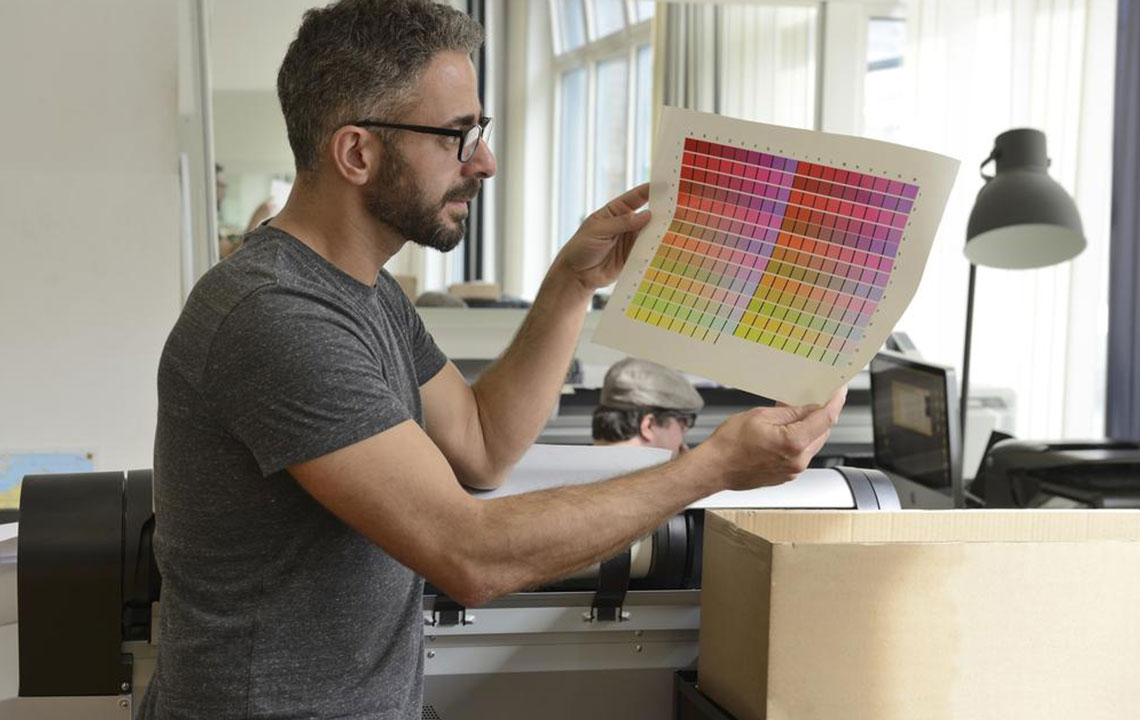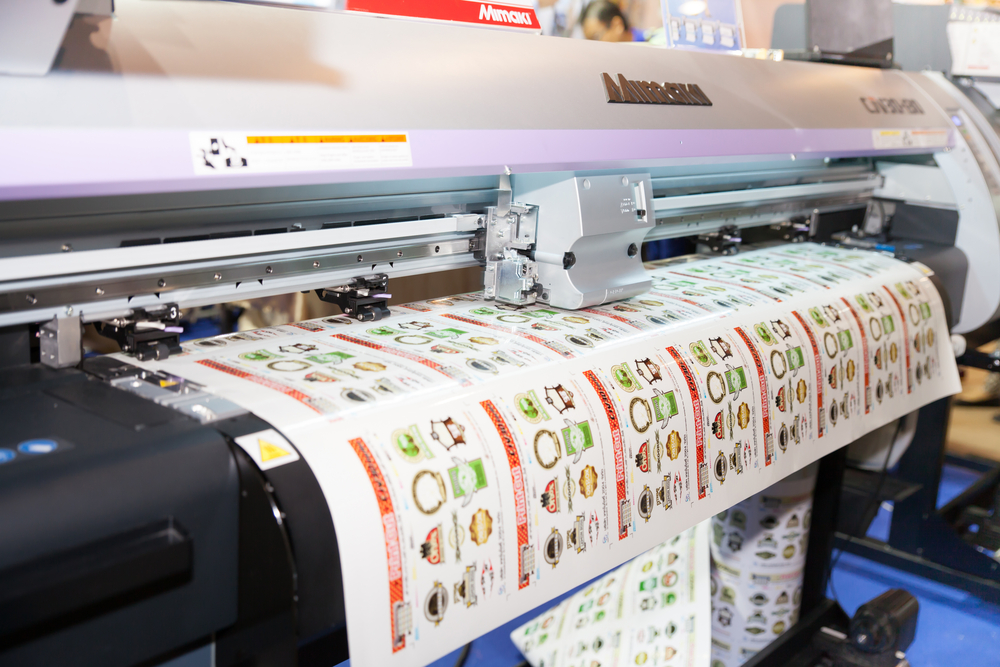Comprehensive Guide to Selecting the Right Inkjet Printer for Your Needs
This comprehensive guide explores essential aspects of choosing the right inkjet printer. It details how inkjet technology works, benefits such as affordability and high-quality color output, and crucial considerations like ink smudging, printing speed, maintenance, and paper quality. Designed for home users and small office environments, the article helps readers understand whether an inkjet printer suits their needs or if alternative options may be better suited. Learn how to make an informed decision for efficient, cost-effective printing that meets your expectations.
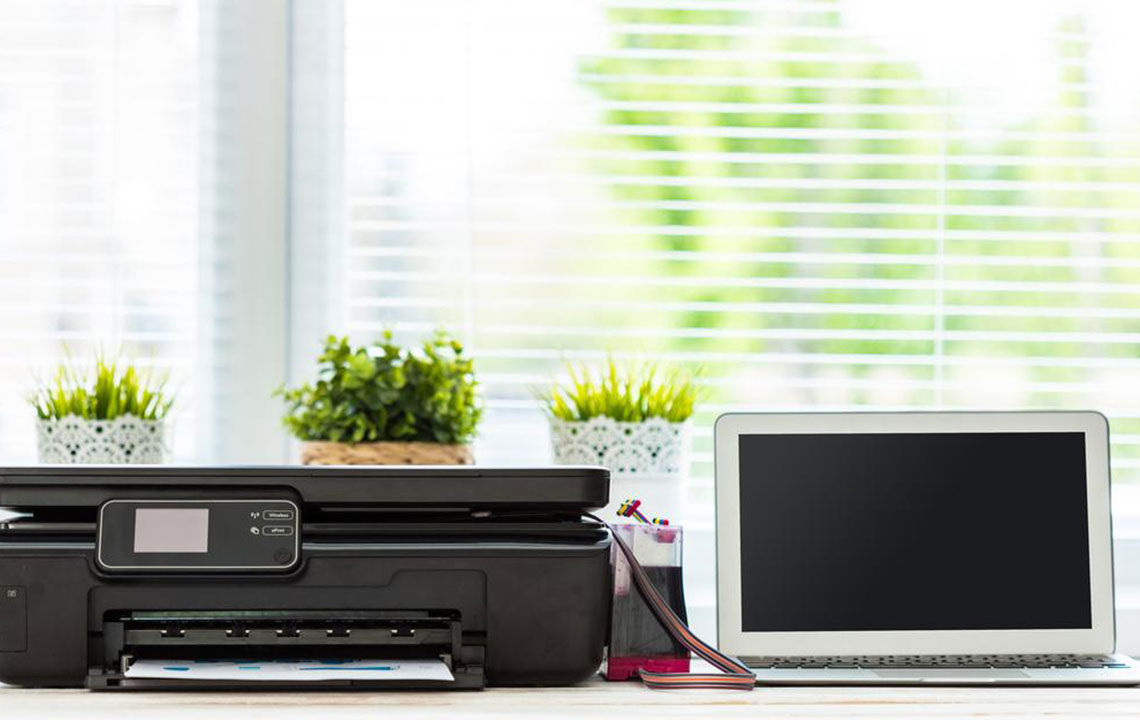
Comprehensive Guide to Selecting the Right Inkjet Printer for Your Needs
Choosing the perfect inkjet printer involves understanding its core technology, advantages, and potential limitations to ensure it aligns with your specific printing requirements. Inkjet printers have long been a popular choice for both home users and small office environments due to their affordability and ability to produce high-quality color prints. This detailed guide provides insights into how inkjet printers work, their benefits, common drawbacks, and essential considerations to help you make an informed decision.
Inkjet printers utilize a sophisticated yet straightforward technology where tiny droplets of liquid ink are sprayed onto paper to create images and documents. This process is finely controlled by electromagnetic mechanisms that guide the ink droplets, ensuring precise placement for sharp images and vibrant colors. This method contrasts with laser printers, which use a different toner-based technology. The invention of inkjet technology marked a significant advancement in printing, making high-quality color printing accessible and affordable for a broader audience.
Historically, inkjet printers served as the go-to device for everyday printing, especially when color accuracy and image quality were priorities. Before the rise of laser color printers, inkjet models dominated the market, and their popularity remains strong, especially in residential settings and small offices. Their affordability is a major factor contributing to their sustained popularity, allowing users to print detailed images and documents without breaking the bank.
However, despite their advantages, inkjet printers come with certain limitations that users must consider before making a purchase. Being aware of these factors can help you choose a model that best fits your needs and prevents dissatisfaction or unnecessary expenses down the line. Below are key points that prospective buyers and current users should keep in mind:
Risk of ink smudging and drying issues: Inkjet prints are known for their vibrant colors, but the ink can sometimes smudge, especially if not dried properly. Moisture exposure or handling shortly after printing can cause smears that degrade the output quality. This problem is particularly noticeable with portable or inexpensive models that may lack advanced drying technology.
Slower printing speeds: Compared to laser printers, inkjet models generally produce prints at a slower rate. This makes them less suitable for high-volume printing tasks or professional environments where speed and efficiency are critical. They are better suited for occasional printing needs, especially in homes where print volume is low.
High maintenance and ink replacement costs: Ink cartridges tend to dry out quickly, especially if the printer is not used regularly. Frequent replacements can add up financially, and cleaning routines to prevent clogging require time and effort. Choosing compatible or refillable cartridges can help reduce ongoing costs, but maintenance remains a key factor to consider.
Dependence on paper quality: The quality of printed output heavily depends on the type of paper used. For optimal results, high-quality, specially coated paper is recommended. Using low-grade or incompatible paper may result in poor image quality, increased paper jams, and overall printing frustrations, ultimately raising operational costs.
When selecting between inkjet and other types of printers, such as laser models, it’s crucial to evaluate your specific printing needs—volume, quality, speed, and budget. If your printing involves occasional color photos or documents with detailed graphics, an inkjet printer might be the ideal choice. However, for high-volume professional printing, a laser printer might be more suitable. Ultimately, understanding these factors ensures you choose a device that offers the best balance of cost, quality, and efficiency for your personal or professional use.
In summary, inkjet printers remain an excellent option for those prioritizing color quality and affordability for light-use scenarios. By carefully considering factors such as ink drying time, maintenance needs, and paper type, you can select a device that complements your printing habits and maximizes your satisfaction.
